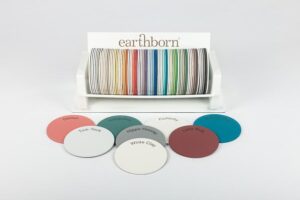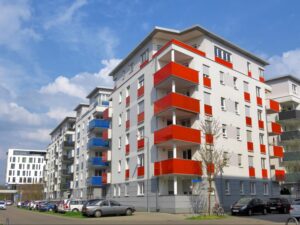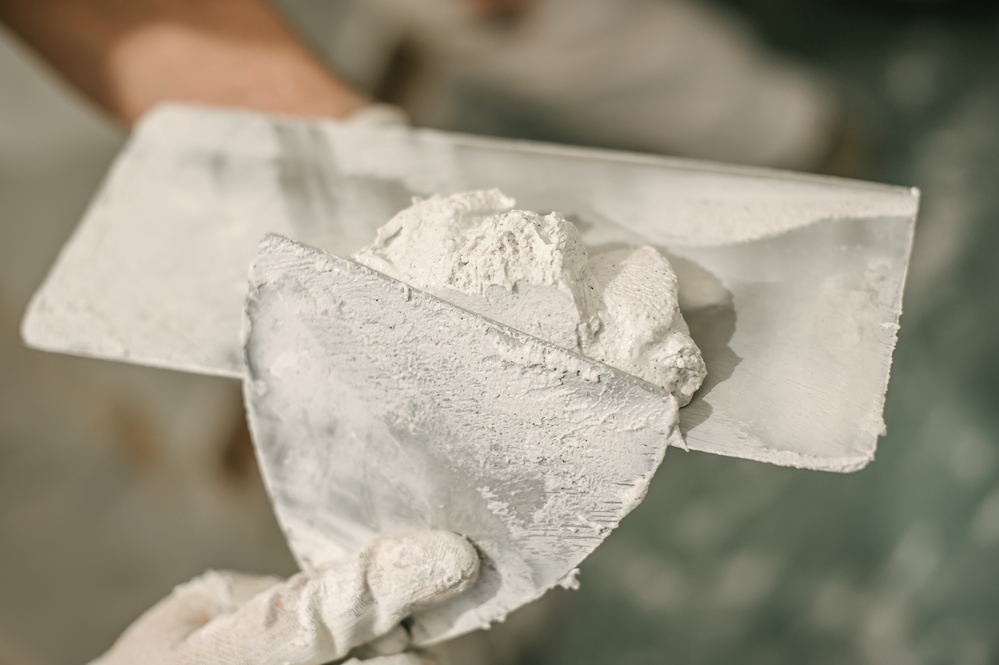
A Guide To Traditional Building Materials For Period Property Restoration
Restoring a period property is a labour of love that requires a deep understanding of historical architecture and a commitment to preserving the charm of
Menu

Restoring a period property is a labour of love that requires a deep understanding of historical architecture and a commitment to preserving the charm of

In a world that’s becoming increasingly environmentally conscious, many homeowners and renovators seek eco-friendly alternatives for their projects. Whether it’s a historic restoration, redecorating with

In the realm of urban renewal, sustainability has become a cornerstone of modern development. The need for environmentally conscious solutions has never been more apparent

Lime mortar is a fundamental building material that has been used for centuries in the construction of buildings and structures. It is a versatile material that has stood the test of time and is still widely used today in many restoration projects throughout the UK.
Lime mortar is a type of building material that has been used for centuries in the construction of buildings and structures. It is made from a mixture of lime, sand and water, and is used to bond together bricks, stones and other building materials.
Lime mortar is a versatile material that is valued for its durability, flexibility and breathability. It allows buildings to “breathe” by enabling moisture to evaporate, which helps prevent moisture build-up and damage. This makes it ideal for use in historic buildings and other structures that require a breathable building material.
There are different types of lime mortar available, each with its unique properties and characteristics. Non-hydraulic lime mortar, hydraulic lime mortar and lime putty are the three primary types of lime mortar. Each type of lime mortar has different properties, such as setting time, strength and breathability, which make them suitable for different applications.
Lime mortar is also known for its environmentally friendly properties, as it is made from natural materials and is biodegradable. It is also reusable and can be repurposed for other building projects.
However, not all lime mortars are created equal, and it is important to understand the different types of lime mortar available and their properties. In this article, we will discuss the different types of lime mortar and their applications.
Non-hydraulic lime mortar is a type of lime mortar that is made solely from lime putty and sand, without any added hydraulic or pozzolanic additives. It is also known as “pure” lime mortar or “fat” lime mortar.
Unlike hydraulic lime mortar, which sets and hardens through a process of hydraulic curing, non-hydraulic lime mortar hardens through a process called carbonation. Carbonation is a slow process that occurs when the lime mortar is exposed to carbon dioxide in the air, which causes the lime to absorb carbon dioxide and harden over time.
Non-hydraulic lime mortar is known for its flexibility, breathability and compatibility with historic buildings. It allows moisture to evaporate, which helps prevent damage from trapped moisture, and it can be easily repointed or repaired without causing damage to the existing masonry.
Non-hydraulic lime mortar is typically used in buildings with low exposure to weathering and moisture, such as internal walls and decorative features. It is also used in the conservation of historic buildings, where the use of traditional building materials is important to maintain the building’s authenticity.
Non-hydraulic lime mortar is a type of lime mortar that is valued for its flexibility, breathability and compatibility with historic buildings. It is made solely from lime putty and sand and hardens through a process of carbonation. Non-hydraulic lime mortar is an excellent choice for use in buildings with low exposure to weathering and moisture and for the conservation of historic buildings.
Hydraulic lime mortar is a type of lime mortar that is made from a combination of lime, sand and hydraulic or pozzolanic additives. It is also known as “hydraulic” lime mortar or “semi-hydraulic” lime mortar.
Unlike non-hydraulic lime mortar, which hardens through a process of carbonation, hydraulic lime mortar sets and hardens through a process of hydraulic curing. This means that it sets and hardens when it comes into contact with water, rather than through exposure to air.
Hydraulic lime mortar is valued for its strength, durability, and resistance to weathering and moisture. It is ideal for use in buildings that are exposed to moisture and weathering, such as external walls, chimneys, and garden walls, and particularly in coastal environments.
Hydraulic lime mortar is also known for its compatibility with historic buildings and its environmentally friendly properties. It allows buildings to “breathe” by allowing moisture to evaporate, which helps prevent moisture build-up and damage.
Lime putty is a traditional building material that has been used for centuries in the construction and repair of buildings. It is made from hydrated lime, which is produced by burning limestone or chalk and then adding water to create a fine powder. The powder is mixed with water to create a paste, which is then left to mature and settle for several months to form the lime putty.
Lime putty is valued for its flexibility, breathability, and compatibility with historic buildings. It allows buildings to “breathe” by allowing moisture to evaporate, which helps prevent damage from trapped moisture. It is also easy to work with and can be used for a wide range of building applications, including mortar, plaster, and render.
When used in mortar, lime putty provides a strong, durable bond between the masonry units. It also has the ability to expand and contract with changes in temperature and humidity, making it ideal for use in regions with extreme weather conditions. Additionally, lime putty has a natural resistance to fungi and bacteria, which helps prevent the growth of mould and mildew.
Lime putty can also be used in the restoration and conservation of historic buildings. It is a traditional building material that is compatible with historic masonry and can help maintain the authenticity of the building.
In conclusion, lime mortar is a versatile and durable building material that has been used for centuries in the construction of buildings and structures. Its properties, including breathability, flexibility, and compatibility with historic buildings, make it an excellent choice for many restoration projects throughout the UK. Understanding the different types of lime mortar available, such as non-hydraulic lime mortar, hydraulic lime mortar, and natural hydraulic lime mortar, is crucial in selecting the appropriate type for the application at hand.
Lime putty is another traditional building material valued for its flexibility, breathability, and compatibility with historic buildings. Its many applications, including mortar, plaster, and render, make it a valuable material in building restoration and construction. With its environmentally friendly properties and ability to withstand extreme weather conditions, lime mortar and lime putty continue to be important building materials in modern construction and restoration.